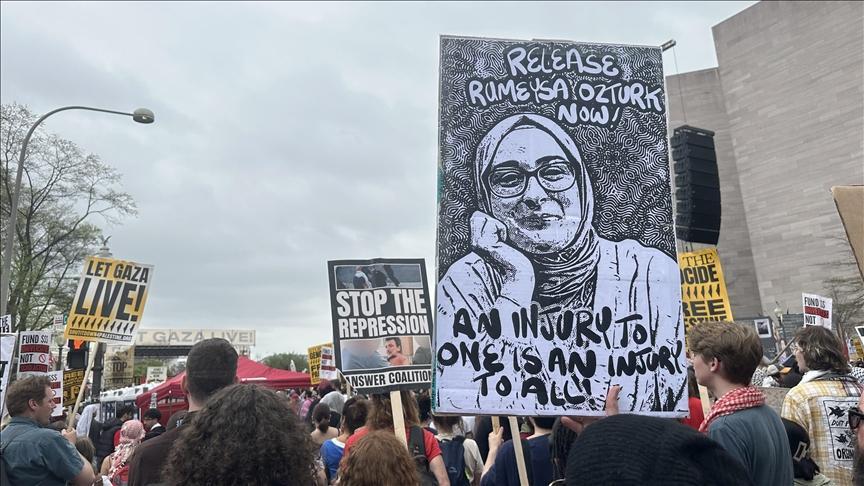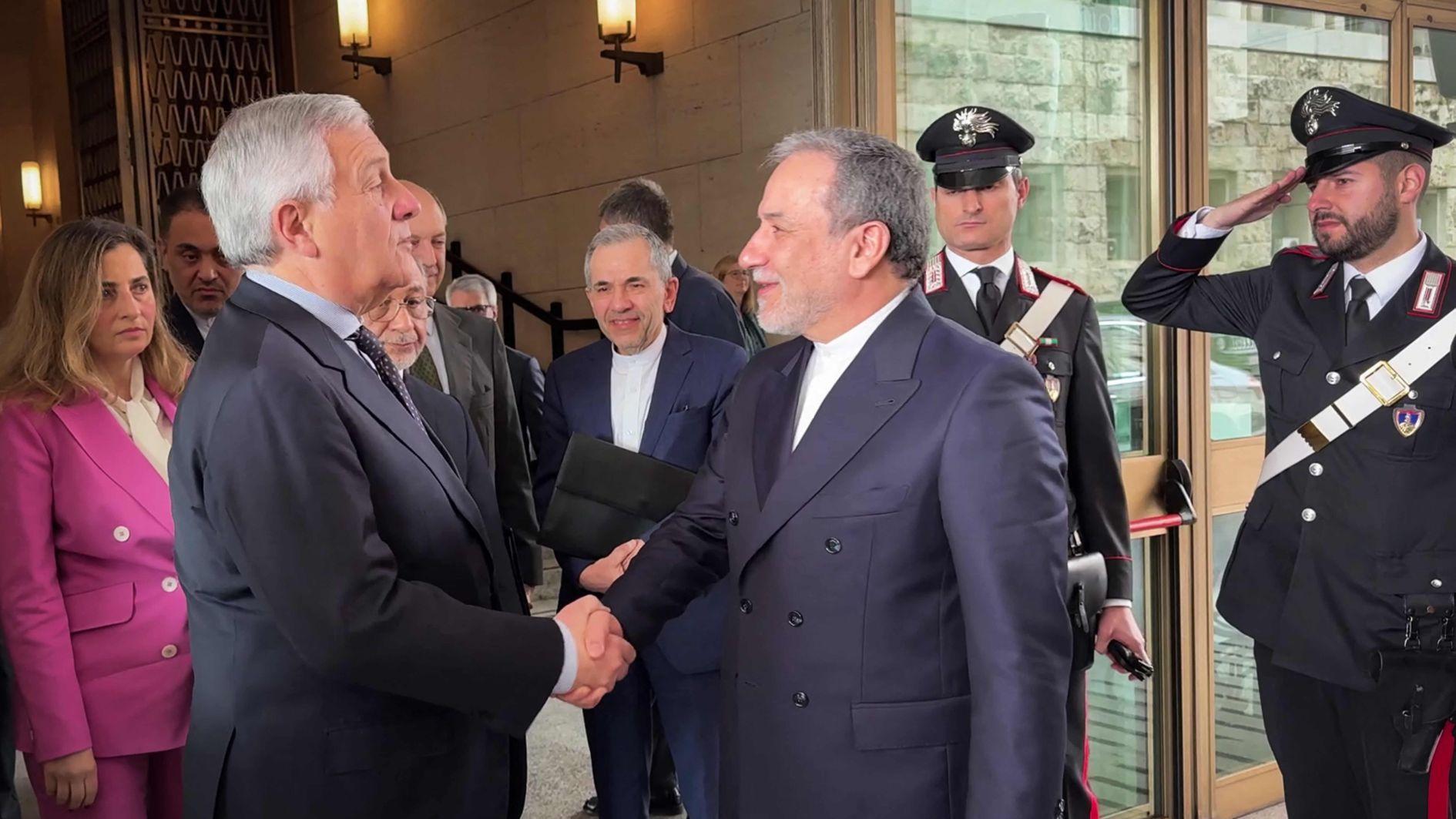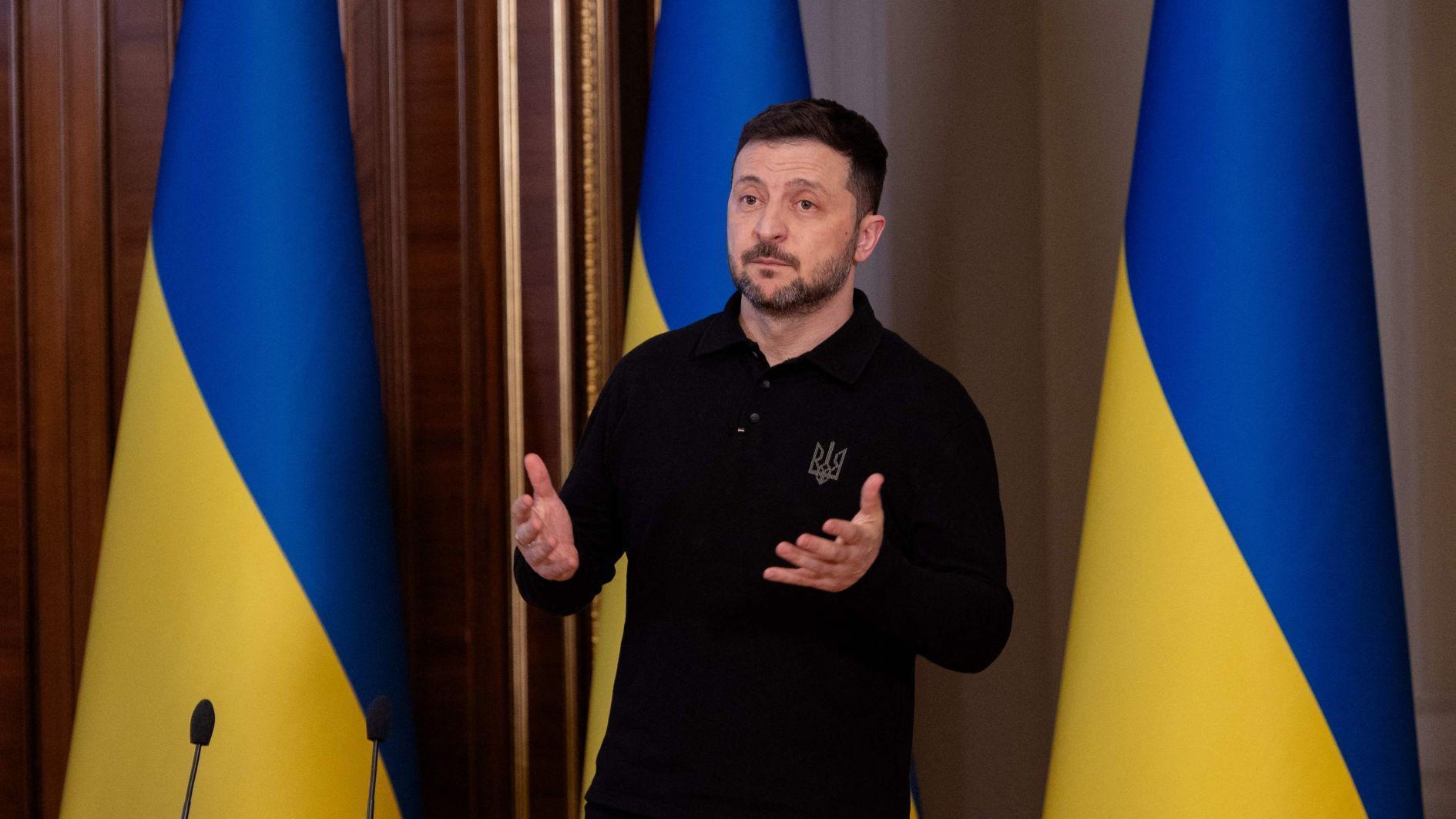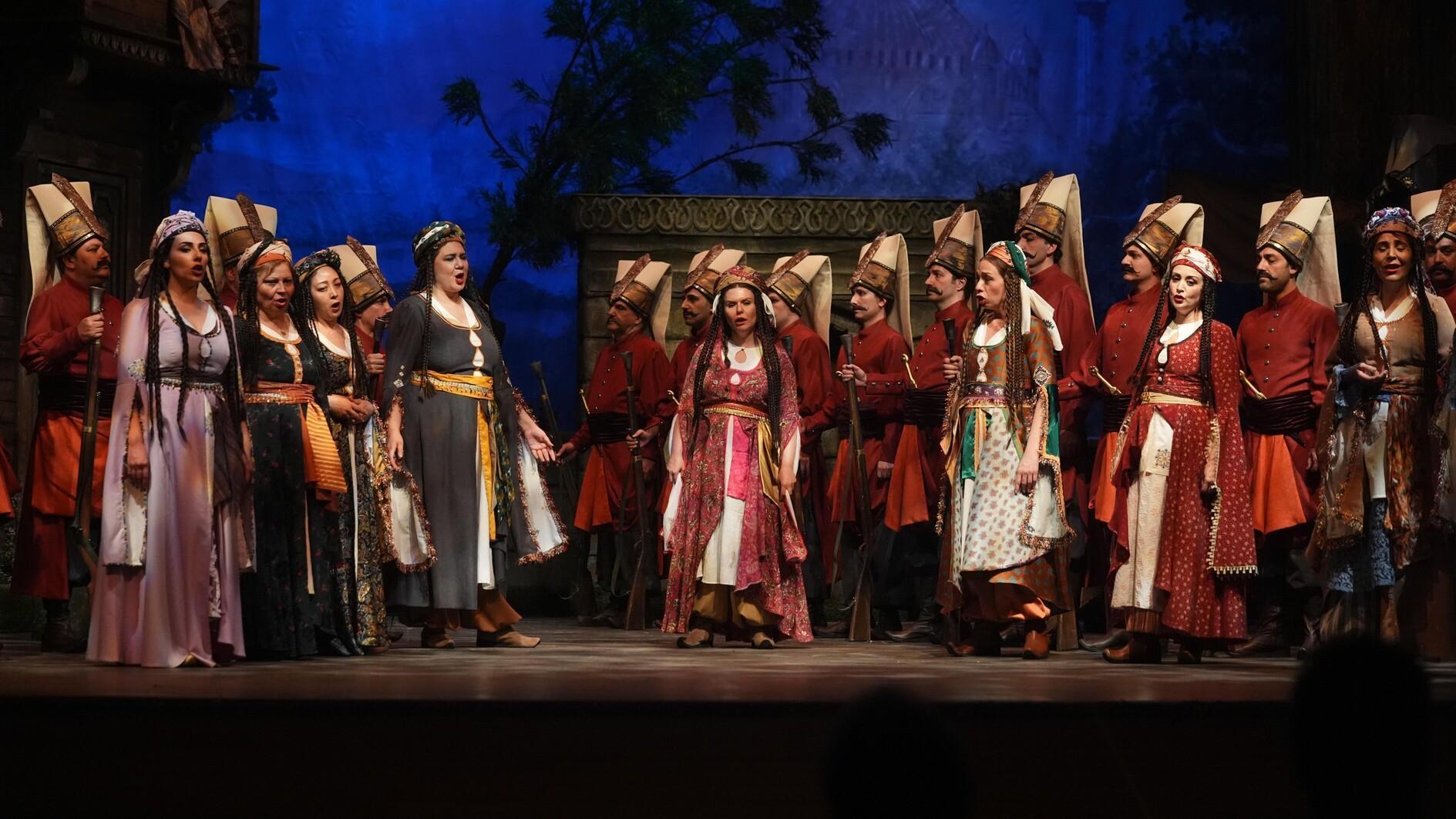Miniature in Contemporary Art
ISTANBUL

Suna and İnan Kıraç Foundation’s Pera Museum is bringing a new exhibition to art lovers. Curated by Azra Tüzünoğlu and Gülce Özkara, “Miniature 2.0: Miniature in Contemporary Art” exhibition brings together more than 40 works of 14 artists from different countries such as Turkey, Iran, Pakistan, India, Saudi Arabia and Azerbaijan. The exhibition features work by Hamra Abbas, Rashad Alakbarov, Halil Altındere, Dana Awartani, Fereydoun Ave, CANAN, Noor Ali Chagani, Cansu Çakar, Hayv Kahraman, Imran Qureshi, Nilima Sheikh, Shahpour Pouyan, Shahzia Sikander and Saira Wasim.
Noting that miniature gains theoretical potential again today, Tüzünoğlu and Özkara summarize the aim of the exhibition as “not treating miniature solely as a historical object but regarding it as a unique art form and emphasizing its theoretical potential. The works in the exhibition argue for action against the nostalgia that freezes miniatures in time and detaches them from their cultural context.”
The exhibition takes contemporary miniature as a means of resistance. Going beyond the familiar East-West comparisons, the works that answer questions about art and society show the audience that other forms of living and thinking are possible.
Problematizing issues such as colonialism, orientalism, economic inequality, gender, identity politics, the struggle against traditional prototypes, social violence, compulsory migration and representation, the exhibition “Miniature 2.0” creates fertile ground that helps us understand the changing structure of society, its repeating patterns and to observe cultural meanings.
Artists and their works
Interested in creating works that look into Turkey’s recent past, carrying a visual critique of the modernization process, CANAN produced two installations for the exhibition titled “The Beauty and the Beast (The Lion and the Gazelle)” and “Adams and Eves” among other series of drawings titled “Falname (2020).”
Altındere’s work entitled “Tesla to the Moon” (2019) centers on the 16th-century scientists viewing the 21st century from their observatory on the hills of Tophane. Referring to the painting made by Kapıdağlı Konstantin (Konstandinos Kizikinos) in 1789 entitled “Sultan’s Accession to the Throne Ceremony with Drone” (2018), Altındere brings elements from the classical miniature style and figures of the present, merging together in his work titled “Süleyman the Magnificient is Going to Friday Prayer” (2020), which refers to the panorama drawn by Zacharias Wehme in the 16th century.
Çakar participates in the exhibition with “Tak Tak Tak Gırç Gırç Gırç Tak Tak Gırç Gırç” (2017), “A Thousand Ink” (2016), and the newly commissioned work, titled “Rahime” (2019). Çakar’s pictorial compositions are influenced by the miniature style and present imaginary maps based on a peculiar sense of perspective.
Disturbing facts and stinging issues
One of the leading representatives of contemporary miniature painting, Sikander, uses classical Pakistani–Hindu miniatures as her departure point to level her current historical criticism. First shown at the Sharjah Biennial, Sikander’s work “Parallax” (2013) is a three-channel installation made up of hundreds of different digital animations.
One of the leading figures of his generation, Qureshi’s installation “Seeming Endless Path of Memory” and video titled “Breathing” form a unique synthesis of the formal language of contemporary motifs, abstract painting, traditional motifs and techniques, exhibited together with his drawings that were commissioned for the exhibition.
Wasim’s 16th-century traditional Iranian miniatures question the way migrant children are marginalized on Western television. Another work by the artist “Silent Plea” (2019), refers to Madonna, the famous nineteenth-century painting by the French painter William Bouguereau.
Ave defines “Shah Abbas and His Page Boy” (2017) as the borderline between the public and private and finds his inspiration in a miniature with the same name, drawn by Muhammad Qasim Musavvir in the 17th century and is now at the Louvre Museum.
Alakbarov creates unexpected scenes with found objects. He uses light and shadow as fundamental elements of his works, which can be described as shadow paintings. Appearing to be heaps of metal or plastic objects haphazardly thrown away, these compositions can be seen only with the help of a light source.
Chagani joins the exhibition with his work, a miniature made of “found” terracotta bricks carrying traces of graffiti or mural ads. The artificialness of the found material and the fluid form of a hard and solid material like the brick are illusions created by the artist for the audience.
Awartani’s installation and video were created in a vacant house in one of the old neighborhoods of Jeddah, where her grandparents once lived. The artist began to cover the floors of the house with sand in a manner reminiscent of old Arabic houses as well as of the geometrical tile that forms the traditional Islamic art. Once this difficult work was completed, she began sweeping the floors in symbolic reference to the destruction of this cultural heritage.
The links between home, cultural identity and Islamic geometry are even more vivid in the works of Hamra Abbas. The geometrical patterns the artist creates using two kinds of marble with different colors are reminiscent of floor tiles used in homes as well as the marginal ornamentations in miniatures.
The works of Pouyan uses culture to focus on fundamental concepts such as power, tyranny and sovereignty. His inspiration comes from Persian miniatures and the artist makes references to Sumerian, Babylonian, Persian, and Indian cultures.
“Miniature 2.0: Miniature in Contemporary Art” at Pera Museum is open for art enthusiasts until Jan. 17, 2021.
















